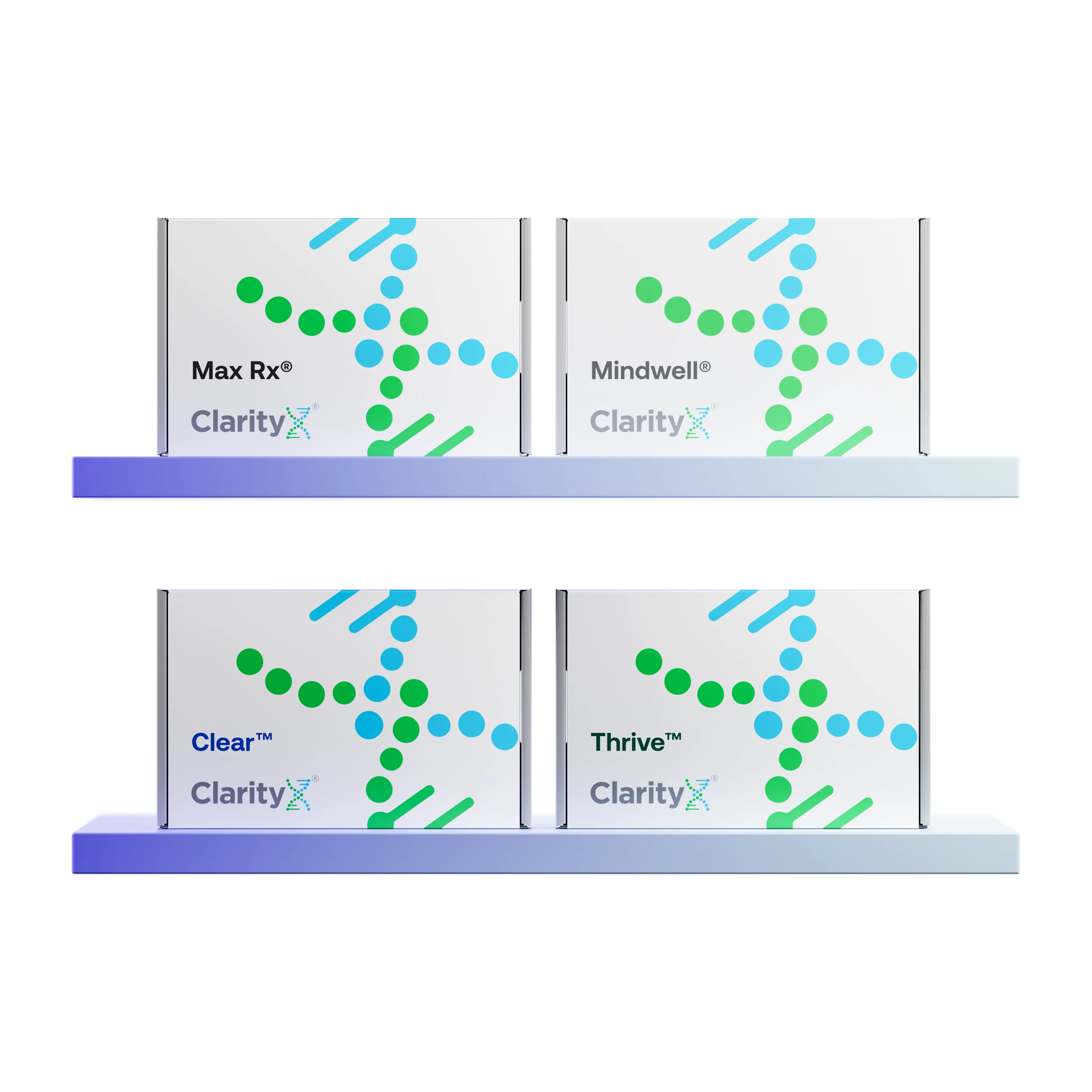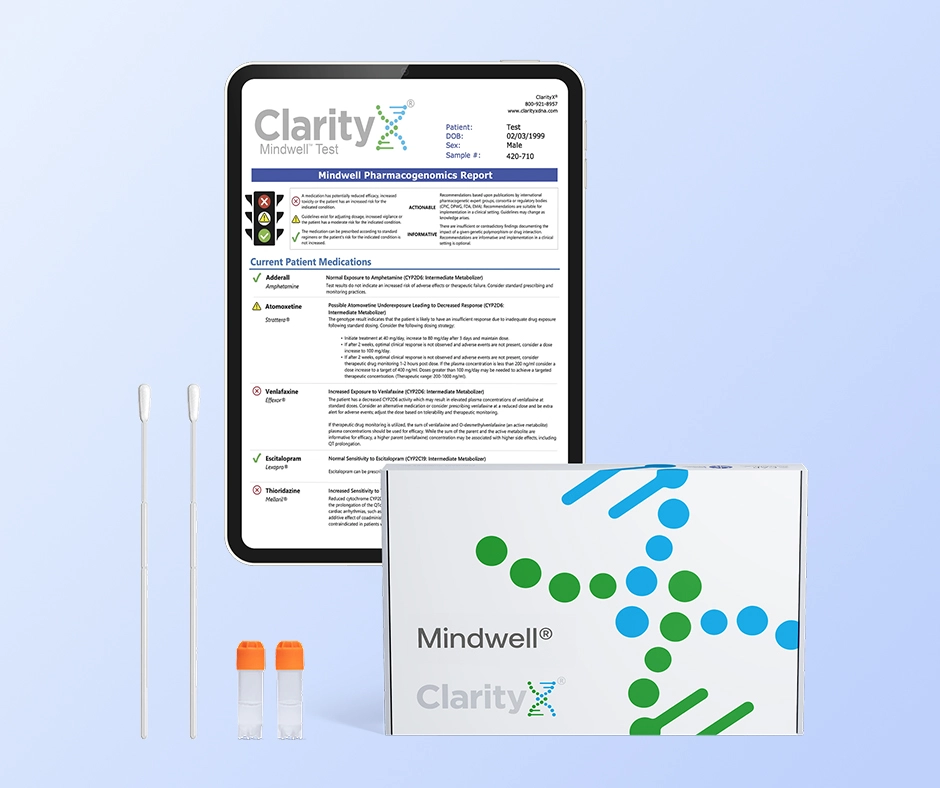Key Highlights
- Celexa® and Paxil® are both selective serotonin reuptake inhibitors (SSRIs) used to treat major depressive disorder and anxiety disorder.
- Both medications have similar mechanisms of action, but slight differences exist in their chemical structures and side effect profiles.
- The choice between Celexa and Paxil depends on individual factors such as the specific symptoms, medical history, and potential side effects.
- Celexa may be preferred for individuals who are concerned about sexual side effects or weight gain, while Paxil may be a better option for those with panic disorder or social anxiety disorder.
- It is important to work closely with a healthcare provider to determine which medication is the most suitable and effective for each individual.
- Both medications can have potential side effects and interactions with other medications, so it is important to discuss any concerns with a healthcare provider before starting treatment.
Introduction
Celexa and Paxil are both prominent medications in the realm of mental health treatment. Understanding the nuances between these two selective serotonin reuptake inhibitors (SSRIs) is crucial when considering the right treatment for anxiety, depression, or other related conditions. Dive into this comparative analysis to grasp the efficacy, side effect profiles, and patient experiences associated with Celexa versus Paxil, aiding you in making informed decisions about your mental health and overall well-being.
Understanding Celexa and Paxil
Selective serotonin reuptake inhibitors (SSRIs) like Celexa and Paxil are commonly prescribed for mental health conditions. Understanding the benefits and potential side effects of each medication is crucial in determining the most suitable option for treating major depressive disorder and other related conditions. Celexa and Paxil offer distinct advantages and considerations based on individual needs and health history.
The Basics of Selective Serotonin Reuptake Inhibitors (SSRIs)
Selective Serotonin Reuptake Inhibitors (SSRIs) are a class of drugs commonly used to treat conditions like major depressive disorder and anxiety disorders. SSRIs increase serotonin levels in the brain, which helps regulate mood. Healthcare providers prefer these medications due to fewer side effects compared to older antidepressants. SSRIs like Celexa and Paxil belong to this class, acting on serotonin reuptake in slightly different ways to alleviate symptoms of depression and anxiety.
Celexa and Paxil in the Landscape of Mental Health Treatment
In the landscape of mental health treatment, Celexa and Paxil play significant roles as selective serotonin reuptake inhibitors (SSRIs), commonly prescribed for various disorders like major depressive disorder and anxiety disorders. Their mechanism of action, side effect profiles, and efficacy in treating different conditions make them pivotal options in the realm of mental health care, often chosen based on individual patient needs and responses to treatment. Understanding the nuances of these medications is crucial for healthcare providers to ensure optimal patient outcomes.
Delving into Paxil
How Paxil Works for Anxiety and Depression
Paxil, a selective serotonin reuptake inhibitor (SSRI), functions by increasing serotonin levels in the brain. This neurotransmitter regulates mood, emotions, and behavior. By blocking its reabsorption, Paxil helps alleviate symptoms of anxiety and depression. The drug's mechanism aims to rebalance serotonin levels, targeting the root cause of these mental health conditions. Paxil's efficacy in managing anxiety and depression lies in its ability to modulate neurotransmitter activity, offering relief to individuals experiencing these challenging conditions.
Key Benefits of Choosing Paxil
Paxil, a type of SSRI, offers key benefits for those dealing with anxiety and depression. Its effectiveness in treating these conditions, along with fewer side effects compared to older antidepressants, makes it a favorable choice. Paxil has also developed more established use in managing disorders in addition to depression, including:
- Generalized anxiety
- Panic disorder
- Social anxiety disorder
- Obsessive-compulsive disorder
- Posttraumatic Stress Disorder
For many, this medication can improve the quality of life by alleviating symptoms that impact daily functioning. Consulting a healthcare provider is crucial to determine if Paxil is the right treatment option.
Common Side Effects and Risks Associated with Paxil
Common side effects of Paxil include:
- Dry mouth
- Drowsiness
- Dizziness
- Sweating
- Blurred vision
- Insomnia
- Sexual dysfunction
More severe risks could involve serotonin syndrome, which is a potentially life-threatening condition resulting from elevated serotonin levels. Other serious side effects might include suicidal thoughts, manic episodes, and seizures. Paxil has been known to increase the risk of bleeding and lower sodium levels in some individuals. It's crucial to discuss any concerns with your healthcare provider prior to starting or changing any medication regimen.
Understanding Paxil Dosage and Administration
Paxil dosage and administration are crucial aspects of treatment. Healthcare providers determine the right dosage based on individual needs, considering factors like age and the specific condition being treated. Starting with a low dose and gradually increasing can help minimize side effects.
Paxil is typically taken once daily, with or without food. For optimal results, it's essential to follow the prescribed schedule consistently. Missing a dose should be addressed promptly, but never double the dose to catch up. Proper administration plays a significant role in the effectiveness of Paxil therapy.
Exploring Celexa
Celexa, a selective serotonin reuptake inhibitor (SSRI), functions by increasing serotonin levels in the brain. It is commonly prescribed for major depressive disorder, and is sometimes used for anxiety disorders at a prescriber’s discretion. Celexa is well-tolerated by many patients with fewer side effects compared to older antidepressants like tricyclic antidepressants. However, some may experience mild side effects such as dry mouth or weight changes. Celexa is usually administered orally, and dosage should be determined by a healthcare provider based on individual needs and medical history.
The Mechanism of Action for Celexa
Celexa, a member of the selective serotonin reuptake inhibitor (SSRI) class, primarily works by increasing serotonin levels in the brain. This neurotransmitter is crucial in regulating mood, emotions, and behavior. By inhibiting the reuptake of serotonin, Celexa enables more serotonin to be available in the brain, which can help alleviate symptoms of major depressive disorder. This mechanism of action distinguishes Celexa from older antidepressants like tricyclic antidepressants, offering a more targeted approach to treating mental health conditions.
Advantages of Using Celexa for Mental Health Conditions
Celexa offers several advantages for managing mental health conditions. It is well-tolerated by many individuals and has a lower risk of adverse effects compared to older antidepressants like tricyclic antidepressants. Celexa's side effect profile typically includes fewer instances of weight gain, sexual dysfunction, and drowsiness, making it a favorable choice for those seeking effective treatment with minimal side effects.
Potential Side Effects and Concerns with Celexa
Potential side effects and concerns with Celexa include:
- Nausea
- Dry mouth
- Weight changes
- Drowsiness
- Sexual dysfunction
Some individuals may experience serotonin syndrome or QT prolongation, although these are rare. Celexa can also lead to withdrawal symptoms when discontinuing its use. It's crucial to monitor and discuss any adverse effects with your healthcare provider. Overall, while Celexa is generally well-tolerated, it's important to be aware of these potential side effects and address any concerns promptly.
Guidelines for Celexa Dosage and Consumption
For Celexa dosage, the usual starting dose is 20 mg once daily, with or without food. Your healthcare provider can increase it based on your individual response. The maximum recommended dose is 40 mg per day. It's crucial to follow your provider's instructions on dosage adjustments carefully. Celexa should be taken consistently at the same time each day. Avoid abruptly stopping Celexa, as it may lead to withdrawal symptoms. Notify your provider of any side effects or concerns promptly. Consulting your healthcare provider for any dosage changes is recommended.
Comparative Analysis: Celexa vs Paxil
Celexa and Paxil are both members of the selective serotonin reuptake inhibitors (SSRIs) class of medications. These drugs work by increasing serotonin levels, a neurotransmitter that plays a key role in regulating mood. The FDA approves both medications for the treatment of major depressive disorder, while Paxil has more established use in anxiety disorders.
While Celexa and Paxil belong to the same drug class and have similar mechanisms of action, there are some differences between them. One key difference is the half-life of the medications. Celexa has a longer half-life of about 35 hours, while Paxil has a shorter half-life of about 21 hours. This means that Celexa stays in the body longer and may provide a more sustained effect. However, the shorter half-life of Paxil may be advantageous for some patients who prefer a medication that is cleared from the body more quickly.
Efficacy in Treating Anxiety and Depression
Both Celexa and Paxil have been shown to be effective in the treatment of anxiety and depression. Clinical trials have demonstrated that SSRIs, including Celexa and Paxil, are effective in reducing symptoms of major depressive disorder and anxiety disorder.
A study comparing the efficacy of Celexa and Paxil in the treatment of major depressive disorder found that both medications were equally effective in reducing depressive symptoms. The study also found that both medications were generally well-tolerated, with similar rates of adverse events.
In a separate study evaluating the efficacy of Celexa and Paxil in the treatment of panic disorder, both medications were found to be effective in reducing anxiety symptoms. The study showed that patients treated with either Celexa or Paxil experienced significant improvement in anxiety symptoms compared to placebo.
Side Effect Profiles: A Close Comparison
When comparing the side effect profiles of Celexa and Paxil, there are some differences to consider. Both medications can cause common side effects such as nausea, dry mouth, drowsiness, and sexual side effects. However, Paxil has been associated with a higher incidence of dry mouth, drowsiness, and sexual side effects, including decreased sex drive, difficulty achieving orgasm, and erectile dysfunction.
Weight gain is another side effect that has been reported with both Celexa and Paxil. However, studies have shown that Paxil may be more likely to cause weight gain compared to Celexa. This can be an important consideration for patients who are concerned about potential weight gain as a side effect of their medication.
It is important to note that side effects can vary from individual to individual, and not all patients will experience the same side effects. Discussing potential side effects with a healthcare professional before starting any medication is always recommended.
Patient Experiences and Feedback
Patient experiences and feedback can provide valuable insights into the efficacy and tolerability of medications like Celexa and Paxil. While individual experiences can vary, many patients have reported positive outcomes with both medications in terms of improved mood and quality of life.
It is important for patients to communicate their experiences and any concerns to their healthcare provider. Based on the patient's individual response and feedback, a healthcare professional can provide guidance and make adjustments to the treatment plan if needed.
Making the Choice: Factors to Consider
When making a choice between Celexa and Paxil, there are several factors that should be considered. It is important to consult with a healthcare provider who can evaluate your personal health history, including any pre-existing medical conditions or medications you may be taking.
Additionally, individual preferences and goals should be taken into account. Some patients may prioritize a medication with more established benefits for anxiety, while others may prefer a medication associated with fewer side effects.
Ultimately, the right treatment choice will depend on the individual's unique circumstances and should be made in consultation with a healthcare professional.
Consultation with Healthcare Professionals
When considering a medication like Celexa or Paxil, it is important to consult with a healthcare professional. A healthcare provider can assess your medical history, current health conditions, and any medications you may be taking to determine the most appropriate treatment option.
During the consultation, it is important to provide your healthcare provider with all relevant information about your health, including any pre-existing medical conditions, allergies, or previous experiences with medications. This will enable them to make an informed decision and guide you towards the most suitable treatment option.
It is also important to discuss any concerns or questions you may have about the medications, including potential side effects and interactions with other medications. A healthcare professional can provide personalized advice and address any concerns you may have.
Personal Health History and Medication Compatibility
Your personal health history and medication compatibility are important factors to consider when choosing between Celexa and Paxil. It is important to disclose any pre-existing medical conditions or medications you may take to your healthcare provider.
Certain health conditions or medications may interact with Celexa or Paxil, potentially affecting their efficacy or causing adverse effects. For example, individuals with a history of bipolar disorder or seizures may need to avoid certain medications, and healthcare providers may need to consider alternative treatment options.
Additionally, individuals with certain mental health conditions may respond differently to different medications. Personalized treatment plans are necessary to address individual needs and ensure the most effective and well-tolerated treatment.
By providing your healthcare provider with a comprehensive understanding of your personal health history and medication compatibility, you can work together to determine the most appropriate medication for your specific needs.
When considering treatment options your genetics can also play a vital role in determining which medications will be best suited for you. A simple test can help reduce the trial and error process associated with finding the right medication. Find out more by visiting www.clarityxdna.com
Conclusion
In conclusion, understanding the nuances between Celexa and Paxil is crucial in making an informed decision about your mental health treatment. Both medications offer benefits and potential side effects that must be weighed against each other. Consulting with healthcare professionals and considering your personal health history are essential steps in determining which medication aligns best with your needs.
Patient experiences and feedback can also provide valuable insights into the practical aspects of using Celexa or Paxil. By being well-informed and seeking guidance when needed, you can more confidently navigate the complexities of mental health treatment.
Frequently Asked Questions
Can Celexa or Paxil be used interchangeably?
Celexa and Paxil are both selective serotonin reuptake inhibitors (SSRIs) used to treat major depressive disorder and anxiety disorders. While they belong to the same drug class, they have different chemical structures and may have slight variations in their side effect profiles. Therefore, it is important to consult with a healthcare provider before switching between Celexa and Paxil to determine the most appropriate treatment for your individual needs.
How do I switch from Celexa to Paxil or vice versa?
Switching from Celexa to Paxil or vice versa should be done under the guidance of a healthcare provider. They will assess your current treatment plan, dosage, and individual needs to create a personalized switching plan that minimizes the risk of withdrawal symptoms and ensures a smooth transition. Switching medications without medical supervision is not recommended.
https://www.ncbi.nlm.nih.gov/books/NBK482377/
https://www.accessdata.fda.gov/drugsatfda_docs/label/2017/020822s047lbl.pdf
https://www.accessdata.fda.gov/drugsatfda_docs/label/2012/020031s067,020710s031.pdf
https://dailymed.nlm.nih.gov/dailymed/drugInfo.cfm?setid=4259d9b1-de34-43a4-85a8-41dd214e9177
https://dailymed.nlm.nih.gov/dailymed/drugInfo.cfm?setid=ef3b5cbe-f9e1-c1ac-79da-cfe14e3a7e7e
https://www.ncbi.nlm.nih.gov/pmc/articles/PMC8475920/
https://pubmed.ncbi.nlm.nih.gov/11434404/
https://my.clevelandclinic.org/health/treatments/24795-ssri






